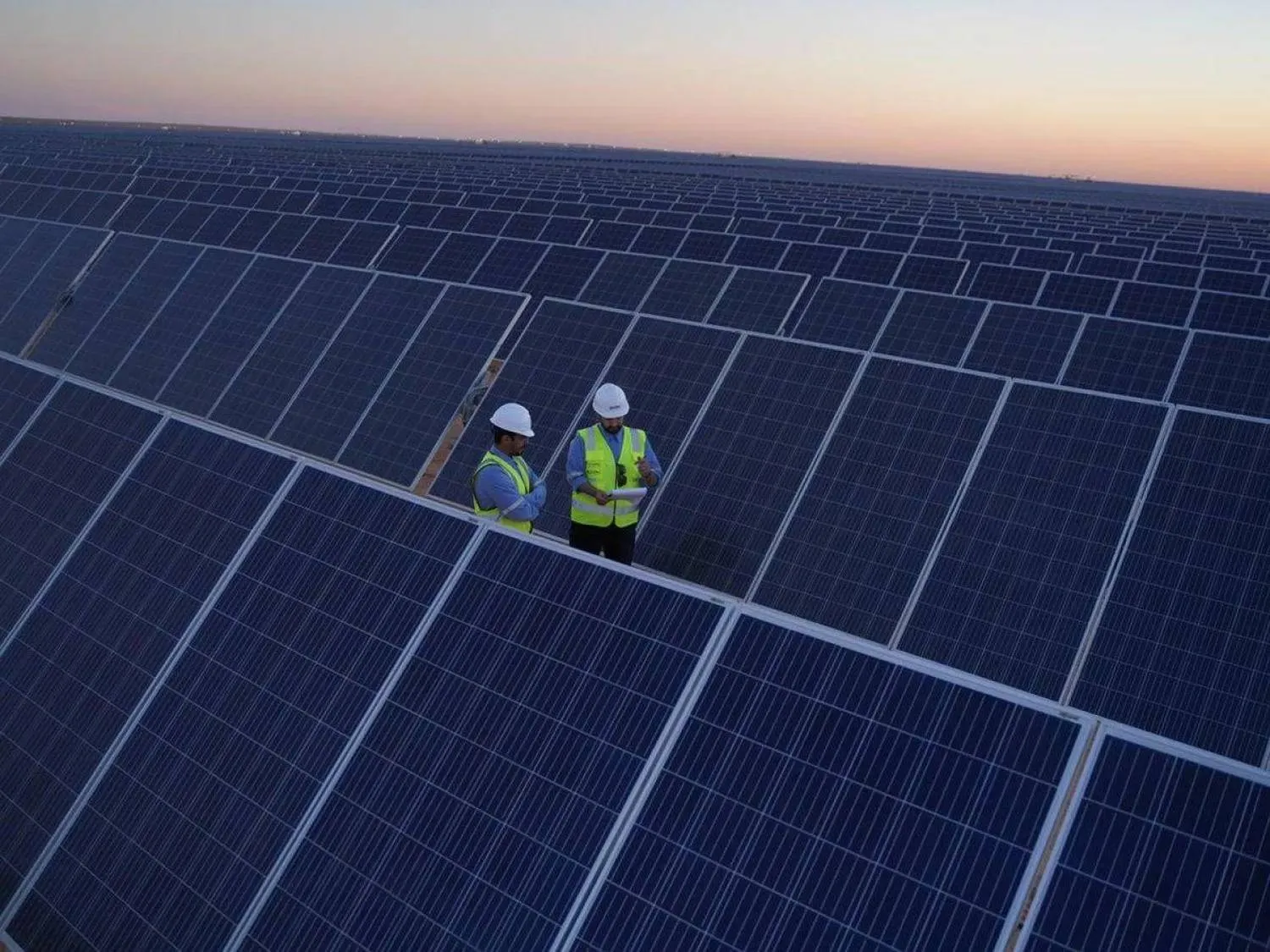Egypt's non-oil private sector showed more signs of improvement in June, a survey showed on Thursday.
The S&P Global Purchasing Managers' Index for Egypt climbed to 49.9 in June from 49.6 in May. While remaining below the 50.0 threshold separating growth from contraction, it showed the North African nation was nearing recovery after being in contraction territory for 43 consecutive months, Reuters reported.
"Egyptian non-oil companies saw an increase in sales volumes in June for the first time since August 2021," S&P Global said.
The survey was published a day after a reshuffled cabinet was sworn in, tasked with bringing inflation under control and boosting investment.
The new orders sub-index registered 50.2 points - the highest since August 2021. The manufacturing and services sectors showed the most promising signs, which companies said was linked to a recovery in market conditions. Construction activity contracted, however.
Employment remained broadly stable in June, as some companies reported they were hiring more to meet the rising demand, while others did not replace retired workers or laid off staff.
S&P economist David Owen said businesses appear to be "heading on the road to recovery".
"If we see further rises in sales and purchases in the second half of this year, firms should have the motivation and need to expand their output," Owen said.
An uneasy calm hung over the Kenyan capital on Thursday.
"While June saw the fastest rise in input prices for three months, firms generally commented that this was due to a high degree of volatility in market prices rather than an accelerating inflation trend," S&P Global said.









